It is a spreading bush, rounded to sprawling, reaching up to 3 meters in height. The evergreen leaves are stiff, tough and fleshy, and may be slightly toothed along the edges. The bush flowers abundantly in short, thick-stalked racemes bearing rounded bunches of tiny flowers, each about half a centimeter wide. The flowers are white, sometimes tinted strongly with blue or lavender. The fruit is round capsule with horns. It is about half a centimeter wide and contains three shiny dark seeds which are dispersed when the capsule explodes and propels them some distance.
Description from calscape.org
Home > Plant Guide >
Scientific Name
Family
Garden Type
Wildlife
Native Plant Region
Light needs
Water Needs
Plant Type
Bloom Color(s)
Height
Width
Months in Bloom
Safe Beneath Power Lines?

We’d like to maintain accurate and robust plant listings. If you see information that is not correct or that could be added to improve the listing, please let us know. Or if you’d like to suggest a plant to add to our plant guide, you can use this form do so. Thank you!
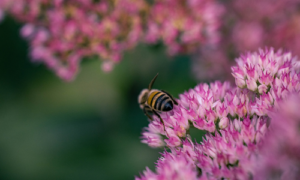
This workshop will guide you through the process and materials needed to help you decide if Mason Bees are right for you and your garden, whether you have a small deck or an open garden.
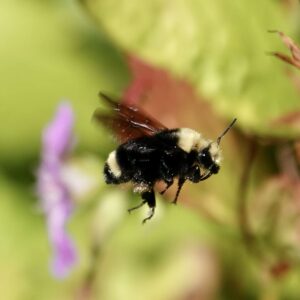
Look closer…and meet the local insects that pollinate the plants around your Seattle neighborhoods. Learn about some of our amazing native pollinating insects.
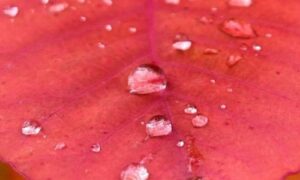
Seattle neighborhoods are full of wildlife and wild things. We’ve compiled a few exercises to help you slow down and appreciate the nature that surrounds you.
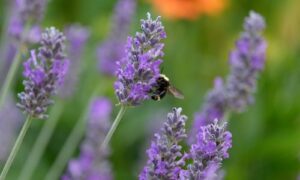
Check out our list of local wildlife-supporting plant stores and nurseries, organizations, and community science opportunities.
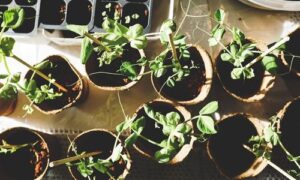
Gardeners can check out seeds for free from the library to plant. Then after harvest, gardeners bring seeds back to the library for others to enjoy in future growing seasons.
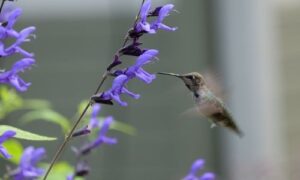
Protecting the trees and other vegetation that what we currently have is perhaps the most important way to ensure biodiversity in cities.
Nature of Your Neighborhood is a collaboration between Birds Connect Seattle, the Capitol Hill EcoDistrict, and the Seattle Bird Conservation Partnership. Our goal is to foster relationships between the people and the nature of their neighborhoods.